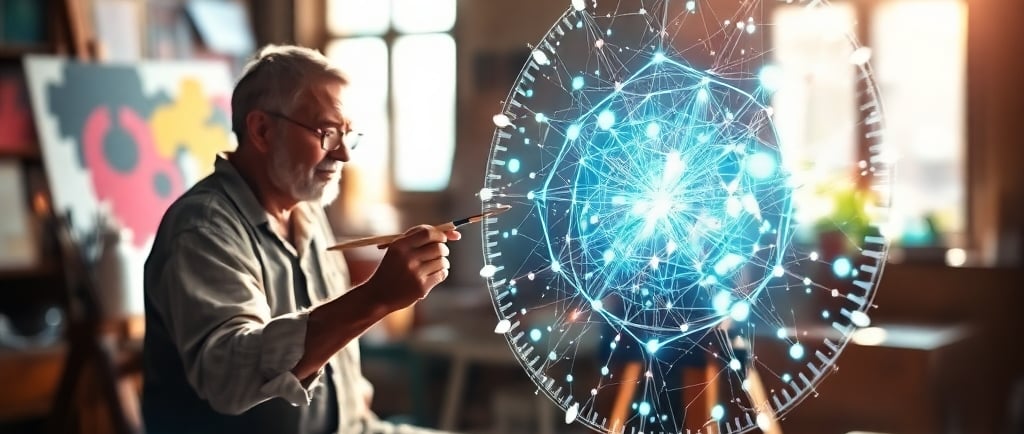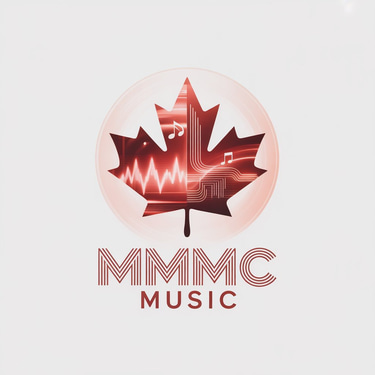AI and Creativity: How Artificial Intelligence is Transforming Art, Music, and Human Expression
Explore how AI is reshaping the creative world, from AI-generated art showcases to redefining artistic intelligence and human-machine collaboration.
12/26/20243 min read


AI in Creative Spaces: A New Era of Art, Music, and Human Imagination
Artificial Intelligence isn’t just about efficiency and automation—it’s now a powerful partner in human creativity. From dedicated AI art magazines to discussions on how we define intelligence in an AI-driven world, the intersection of technology and creativity is rich with opportunity, debate, and innovation. In this post, we’ll dive into how AI is reshaping artistic expression, redefining intelligence, and raising important questions about the future of creativity.
In December 2024, The AI Art Magazine made its debut—a 176-page biannual publication entirely dedicated to art created with AI tools. Spearheaded by publisher Mike Brauner and supported by Hamburg-based creative studio Polardots.studio and author Christoph Grünberger (The Age of Data: Embracing Algorithms in Art & Design), the magazine is both a showcase and a conversation starter. The first issue features a cover artwork by Japanese AI artist Emi Kusano and includes a curated gallery of 50 AI-generated works selected from an international open call. Each artwork is accompanied by thoughtful essays that explore questions like, “If someone gives a command to a machine, is that person then an artist?” The magazine positions itself as a tangible archive in a rapidly evolving digital space, freezing moments of collaboration between human vision and machine execution. It sets a precedent for how AI art is documented, discussed, and appreciated in a traditionally human-centric industry. Editorial Note: AI might be generating the art, but it’s humans who are telling its story—and that balance feels just right.
In a thoughtful piece for Psychology Today, concert pianist and educator Hsing-ay Hsu introduced the concept of “Artistic Intelligence” as a counterpart to the relentless growth of AI systems. While AI excels at processing vast amounts of data and generating outputs based on learned patterns, it lacks the ability to experience emotions, derive meaning, or make subjective creative choices rooted in lived human experiences. Hsu emphasizes that artistic intelligence is not just about technical skill—it’s about the open-ended pursuit of meaning, empathy, and connection. She argues that education systems need to prioritize artistic intelligence alongside traditional academic and logical intelligence if humans are to thrive in an AI-dominated landscape. Her perspective challenges the common narrative that humans must compete with AI. Instead, she suggests embracing our unique strengths—imagination, emotional intelligence, and the ability to find beauty in complexity. Editorial Note: AI can compose a symphony, but it can’t tell you why it makes you cry. That’s where humans come in.
The tension between human creativity and AI-generated content often focuses on competition—will machines replace artists, musicians, and designers? However, these recent examples show a more collaborative dynamic. The AI Art Magazine celebrates collaboration, showcasing what happens when human vision meets machine precision. Artists and educators like Hsing-ay Hsu remind us that AI should be seen as a tool to amplify, not replace, human creative potential. Digital avatars, AI music tools, and algorithm-driven art platforms are enabling creatives to experiment and scale their work in unprecedented ways. The creative industries are not losing their humanity—they are expanding their horizons. From virtual concerts with AI-powered pop stars to artwork generated by neural networks, the conversation is no longer about if AI belongs in creative spaces, but how we use it responsibly and meaningfully.
While AI unlocks immense creative potential, it also raises challenging ethical questions: Who owns an artwork generated by an AI system? Should an AI-generated painting sell for the same price as a traditional one? How do we ensure human artists are fairly compensated if their work is used to train AI systems? These discussions are only beginning, and they are critical for building a future where AI serves creativity rather than exploiting it. Clear legal frameworks, ethical guidelines, and transparency will be key to navigating this space. Editorial Note: Just because AI can generate a million paintings doesn’t mean it should—not without giving credit to the artists who inspired it.
Artificial Intelligence isn’t replacing artists, musicians, or creators—it’s becoming a powerful collaborator. Whether it’s the printed pages of The AI Art Magazine, the thoughtful reflections of educators like Hsing-ay Hsu, or groundbreaking digital artwork showcased in global galleries, AI is carving out its space in creative industries. The coming years will be defined by how well we integrate these tools into our creative workflows while maintaining the distinctly human qualities of art: emotion, story, and connection. The future of AI in creativity is not about choosing sides—it’s about building partnerships.
Sources:
